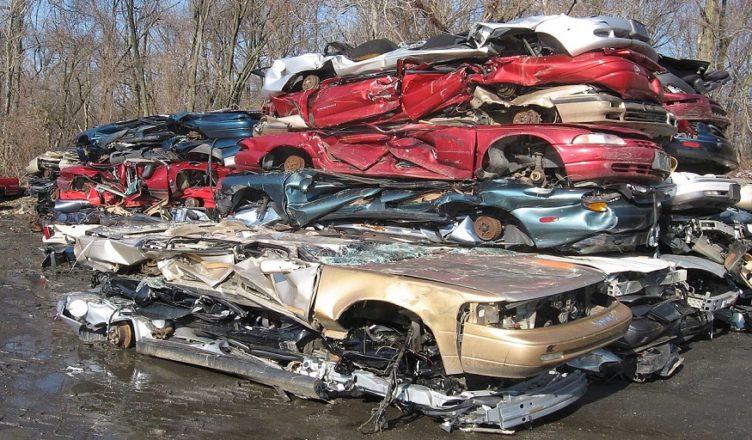The recycling business is among the unhonoured players of the automobile globe. Although the majority of people are acquainted with the 2200 qualified authorised treatment facilities (ATFs)– scrap car Singapore scrapyards and breakers to you and me– on the fringes of our towns and cities, the likes of recycling companies are a relative secret.
Which is incredible, because each year these firms reuse more than ten million tonnes of waste, much of it old automobiles. Ferrous and non-ferrous metals are resmelted, window glass ends up as aggregate for the construction sector, and foams and particular plastics go through a process called gasification to produce electrical power.
Separating parts for recycling
As an instance of the investment the industry has had to make is the process wherein the company separates various sorts of recuperated plastic for reuse. We’ve spent millions of dollars in technology and processes to allow us to protect the unique characteristics of the plastics we draw out, yet the car sector is reluctant to use such materials. The problem is not helped by the low price of oil, which makes generating and making use of new plastics more attractive to them.
Sorting by weight
By weight, automobiles are approximately 75 percent metal, 25 percent liquids, plastics, textiles and rubber. The first thing an ATF does is to sap all of a vehicle’s fluids and remove the battery and wheels. Some ATFs will remove and group components that they resell as spare components.
Ripping parts of the car
The most reliable ATFs make use of giant metal hammers to rip up what remains of the car. This process breaks it down into tiny bits. These flow down a conveyor belt where strong magnets split up the ferrous metals. These comprise approximately 70 percent of the automobile’s mass. The ATFs sell steel for melting down and use on new items.
Pulling out lighter parts
A vacuum separates the lighter materials such as foam, rubber and plastics for recycling. Previously scrap yards would have just delivered them to landfill.
The remaining metal and heavier plastics are then divided. Plastics comprise approximately 10 per cent of our cars by mass. These used went to landfill but they can now be broken down to their foundation chemicals and developed into pellets. Industries re-use these to make new items.
Looking forward
Modern scrap yards do not look much different to traditional ones. Yet they need to recycle extensively.
Read more:All You Need To Know About Uber
Thankfully, we’re coming to be more aware of the influence the things we make and make use of have on the atmosphere. Which includes what we drive. Vehicle recycling is now an important part of the motoring procedure. Here’s what it entails and the sizes the industry takes to recycle your vehicle.

